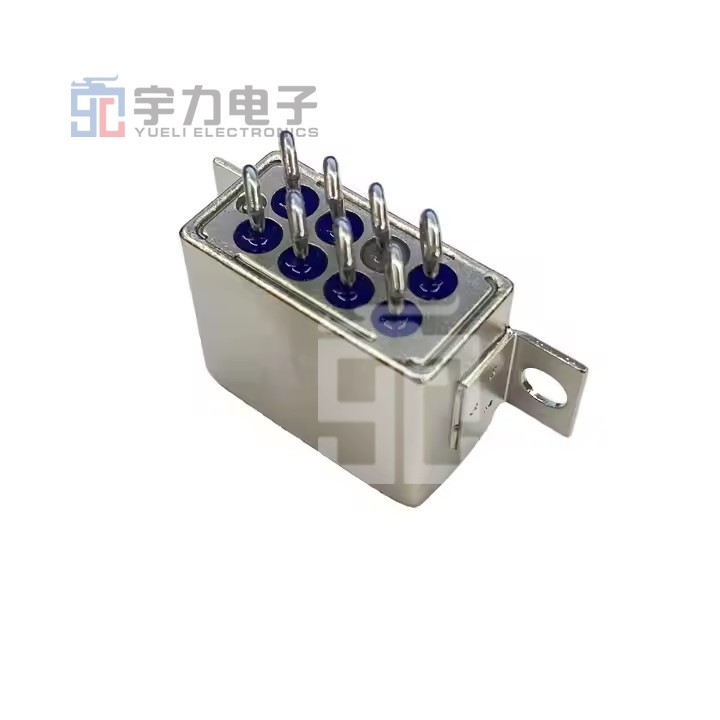The Essential Guide to Signal Relays: Understanding Their Role in Electronic Circuits
2025-04-22

Signal relays are vital components in the realm of electronic devices, serving as electromechanical switches that control the flow of electrical signals in a circuit. They play a crucial role in various applications, from automotive systems to industrial automation, ensuring that signals are transmitted reliably and with minimal interference.
At their core, signal relays consist of a coil and one or more sets of contacts. When an electrical current passes through the coil, it generates a magnetic field that activates the relay, causing the contacts to either open or close. This mechanism allows for the control of high-power circuits with low-power signals, making signal relays an essential tool in circuit design.
One of the primary advantages of using signal relays is their ability to isolate different parts of a circuit. This isolation helps prevent interference and protects sensitive components from voltage spikes or current surges. Additionally, signal relays can handle various voltage levels, making them versatile in different applications. They are particularly useful in switching applications, where they can help manage different electrical loads efficiently.
Signal relays come in several types, each designed for specific functions. For instance, general-purpose relays are widely used due to their adaptability, while specialized relays, such as time-delay relays or latching relays, are employed in applications requiring precise control. Selecting the appropriate type of relay is crucial for achieving optimal performance and longevity in electronic systems.
In addition to their basic functionality, signal relays can be designed with various features to enhance their performance. For example, many modern signal relays incorporate advanced materials and technologies that improve their durability and response time. Furthermore, the integration of solid-state technology has given rise to solid-state relays, which offer faster switching times and greater reliability in demanding environments.
The importance of signal relays cannot be overstated, as they facilitate the seamless operation of countless electronic devices we rely on daily. From controlling lights and appliances in our homes to managing complex machinery in factories, signal relays are indispensable components that ensure systems function efficiently and reliably.
In conclusion, understanding signal relays is essential for professionals working in electronics and related fields. Their ability to control and isolate signals makes them a fundamental element in circuit design and operation. As technology continues to evolve, signal relays will undoubtedly play a pivotal role in shaping the future of electronic systems.
At their core, signal relays consist of a coil and one or more sets of contacts. When an electrical current passes through the coil, it generates a magnetic field that activates the relay, causing the contacts to either open or close. This mechanism allows for the control of high-power circuits with low-power signals, making signal relays an essential tool in circuit design.
One of the primary advantages of using signal relays is their ability to isolate different parts of a circuit. This isolation helps prevent interference and protects sensitive components from voltage spikes or current surges. Additionally, signal relays can handle various voltage levels, making them versatile in different applications. They are particularly useful in switching applications, where they can help manage different electrical loads efficiently.
Signal relays come in several types, each designed for specific functions. For instance, general-purpose relays are widely used due to their adaptability, while specialized relays, such as time-delay relays or latching relays, are employed in applications requiring precise control. Selecting the appropriate type of relay is crucial for achieving optimal performance and longevity in electronic systems.
In addition to their basic functionality, signal relays can be designed with various features to enhance their performance. For example, many modern signal relays incorporate advanced materials and technologies that improve their durability and response time. Furthermore, the integration of solid-state technology has given rise to solid-state relays, which offer faster switching times and greater reliability in demanding environments.
The importance of signal relays cannot be overstated, as they facilitate the seamless operation of countless electronic devices we rely on daily. From controlling lights and appliances in our homes to managing complex machinery in factories, signal relays are indispensable components that ensure systems function efficiently and reliably.
In conclusion, understanding signal relays is essential for professionals working in electronics and related fields. Their ability to control and isolate signals makes them a fundamental element in circuit design and operation. As technology continues to evolve, signal relays will undoubtedly play a pivotal role in shaping the future of electronic systems.


